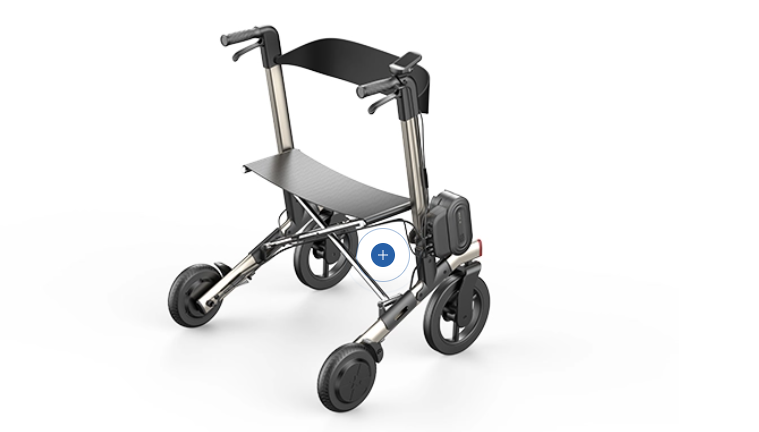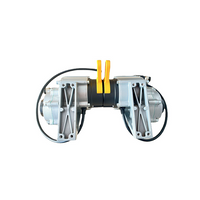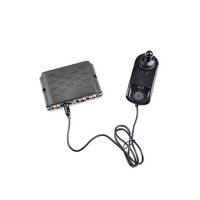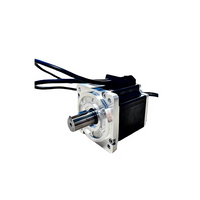- Home
-
- TF Integrated Workstation
- TT Integrated Station
- TS Single-Person Station
- TO Single-Person Station
- Advanced Office Table
- Manager Table
- Odette Conference Table
- Lifting White Board
- Lifting Podium
- Working Port
- Zen Standing Desk
- Lifting Coffee Table
- Home Standing Desk
- Nature Standing Desk
- Invictus Gaming Desk
- Study Desk
-
-
- Electric Hospital Bed
- Image Equipment
- Examination Bed/Clinic Bed
- Operation Table and Chair
- Infant Incubator
- Independent Weighing System
- Home Care Bed
- Patient Lift
- Wheelchair
- Toilet Lift
- Bath Lift
- Shower Trolley
- Smart Rollator Walker
- Ophthalmic Workstation
- Treatment Chair
- Facial Chair
- Traction Table
- Massage Chair
- OT Training Equipment
- Stand-up Application
- Rehabilitation Robot
-
-
- Photovoltaic Application
- Photothermal Application
- Energy Storage Container
- Tractor
- Seeder
- Fertilizer Spreader
- Harvester
- Rotary Cultivator
- Climate Control System
- Automatic Feeding System
- Excavator
- High Altitude Work Platform
- Garbage Truck
- Street Sweeper
- AMR Automated Guided Vehicle (AGV) and Autonomous Mobile Robot (AMR)
- Forklift Accessories
- Palletizing Collaborative Robots
- Packaging Machine
-
-
The top 5 rollator walker that will be chosen by people in 2025
Views: 0 Author: Site Editor Publish Time: 2025-02-18 Origin: Site
A good rollator walker can help people with limited mobility to move more confidently on the basis of comfort and safety. In the process of choosing a walker, we should not only pay attention to the function and quality of the product, but also consider the actual needs and comfort experience of the user.
A rollator walker can not only provide support for family members with limited mobility, but also add confidence and security to their lives. I hope that the types of walkers recommended in this article can help you find the most suitable walker rollator, so that every loved one who needs help can walk freely, improve their self-care ability and quality of life, and enjoy life more conveniently.
What are the advantages of a walker?
Walker rollators are essential for people who need extra support to maintain mobility or are recovering from an injury or surgery. They not only provide extra balance and support, making them safer and reducing the risk of falls and accidents, but they also improve mobility, allowing users to cover longer distances with less fatigue, leading to greater independence. They allow users to move more freely and safely.
In addition to this, using a walker rollator can also relieve pain and make walking more comfortable for people with arthritis or other joint problems by redistributing weight and reducing pressure on certain joints.
Using a walker rollator can also provide a sense of security, helping users feel more confident when walking around their surroundings. This can improve mental health and encourage people to stay active.
How to choose and test a good walker rollator?
1. Understand the needs of users
Physical condition: including age, height, weight, disease diagnosis, physical impairment, balance ability, etc.Then go for the option of using an upright rollator walker, rollator walker wheelchair, 3 wheeled walker rollator and so on.
Use environment: consider indoor or outdoor use, family type, door size, ground flatness, etc.
Additional functional requirements: Choose 3 wheeled walker rollator and rollator walker accessories with different functions, etc. according to whether you need a seat, carrying function or toileting function.
2. Material and quality
Commonrollator walker accessories materials are stainless steel and aluminum alloy. Stainless steel is stronger and more durable but heavier; aluminum alloy is lighter but slightly weaker. Choose a more stable structure to ensure that the walker has a firm structure, non-slip handles, and stable contact between the feet or wheels and the ground; you can choose an upright walker with adjustable height and width to suit different users.
3. Functional requirements selection
Different rollator walker accessories have different functions, and the folding function is convenient for storage and carrying; as well as additional devices such as seats, storage baskets, brakes, etc., which are conducive to improving convenience and safety.
4. Test the test walker
The first is the safety and stability test. The walker must meet the maximum user mass requirements (not less than 35 kg) and be tested for daily use. Check whether the feet or wheels of the walker are in stable contact with the ground and whether the wheels are flexible. Next is the strength and durability test to ensure that the rollator walker can withstand long-term use. Then, the ergonomic test is carried out to adjust the height of the rollator walker wheelchair to ensure that the user's posture is correct and comfortable to use. Finally, the actual use test is carried out to test the flexibility and stability of the walker in the actual use environment, such as the maneuverability in a narrow space indoors or on uneven roads outdoors. Through these, you can choose a rollator walker that best suits your needs.
Our top 5 recommended mobility aids
1. Folding walker
It has the advantages of good stability, lightness, and is easy to carry and store. It is suitable for indoor use, especially in environments with limited space. Some folding walkers also have seats, which are convenient for users to rest at any time.
Applicable people: Suitable for elderly people or patients in rehabilitation period with mild walking difficulties, convenient for use at home or when going out.
2. Wheeled walker
Rollator walker wheelchairs include wheelless walkers, 2-wheeled walkers, and 3-wheeled walkers with wheels at the bottom, which are convenient for movement and reduce physical exertion during walking. Some wheeled walkers are also equipped with brakes to increase safety.
Applicable people: Suitable for people with moderate walking difficulties, especially those who need to move in a larger range, such as in parks or shopping malls.
3. Seated walker
The rollator walker wheelchair combines the functions of a walker and a seat. Users can sit down and rest at any time during walking to reduce fatigue. Seated walkers usually also have armrests and backrests to provide better support.
Applicable people: Suitable for elderly people or patients in rehabilitation who are weak and easily fatigued, especially for people who have difficulty walking or standing for a long time.
4. Platform-supported walker
The platform-supported walker has a wide platform, and the user can place the arm or forearm on the platform to reduce the pressure on the wrist. This walker rollator has high stability and is suitable for users who need additional support.
Applicable people: Suitable for people with weak hand or wrist strength, such as arthritis patients or hand injuries.
5. Unilateral walker
The unilateral walker is designed for unilateral limb support. It is usually composed of a metal frame with good stability and is suitable for users with unilateral limb injuries or insufficient strength.
Applicable people: Suitable for people with limited unilateral limb function due to surgery, injury or disease, such as rehabilitation patients after hip or knee surgery.
About JIECANG Smart Walker
The Jiecang Smart Rollator Walker System is a cutting-edge mobility solution designed specifically for seniors and individuals in rehabilitation. This system combines essential components such as a hub motor, operator, control box, and a high-performance lithium battery to ensure smooth and reliable operation. The hub motor is both compact and powerful, allowing the walker to handle various terrains with ease, offering users a stable and seamless walking experience.
Visually, the Jiecang Smart Rollator Walker blends modern and minimalist aesthetics with smooth contours and a harmonious color scheme, providing an elegant yet inviting look. To cater to the unique needs of each user, the system offers customization options. Users can select from different colors and functional configurations, ensuring a personalized experience tailored to their preferences and requirements, making every journey both practical and personal.

Summary
Choosing the right walker is an important step to help people with limited mobility regain confidence and improve their quality of life. Among the various types in this article, each walker has its own unique functions and applicable scenarios. We recommend that you consider the user's physical condition, usage environment, budget and other factors and choose the most suitable product.
If you still have questions about the choice of walker, you can consult a professional rehabilitation doctor or medical device consultant to ensure that the selected product can meet the user's needs to the greatest extent. I hope that every user can regain the freedom and comfort of walking with the right walker. For more information about rollator walker, please visit website at https://www.jiecang.com/
FAQ:
1.Who should not use a rollator walker?
If you're unable to stand on your own due to illness or injury, using a rollator walker isn't a good idea. It could make you very tired or even cause you to fall accidentally. For instance, if you've recently had surgery and are not allowed to put weight on one of your legs, a rollator walker wouldn't be suitable.
2.Do rollators tip over easily?
Three-wheel rollators have one wheel in the front and two wheels in the back, making them slimmer and more maneuverable and the most compact option. However, because they are narrow, these rollators cannot be equipped with seats, usually only come with a storage bag and are more prone to tipping.
3.What is the difference between a rollator and a rolling walker?
Rollators include wheels on all legs (three or four, depending on the model), whereas walkers come without wheels or with wheels on the front two legs.
4.What is the disadvantage of a rollator?
The disadvantages of a rolling walker relative to a standard walker are that 1) it is less stable, 2) it requires more cognition, and 3) the front wheels are fixed (i.e., do not rotate), which makes for a large turning arc.
Related Articles
QUICK LINKS
























